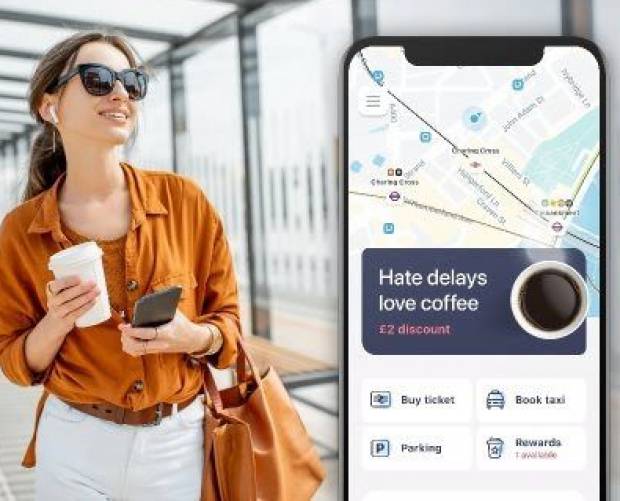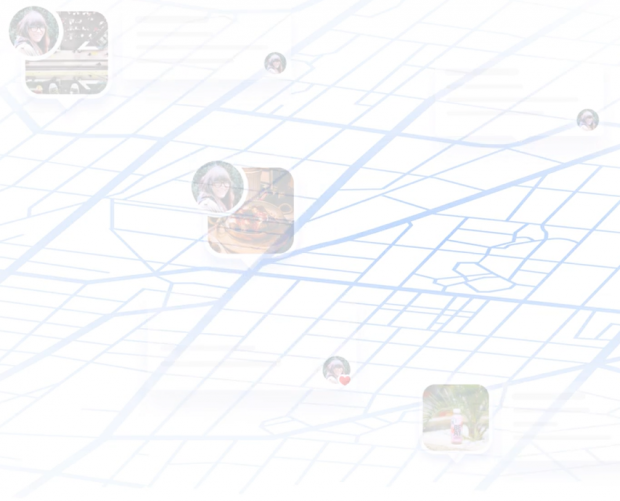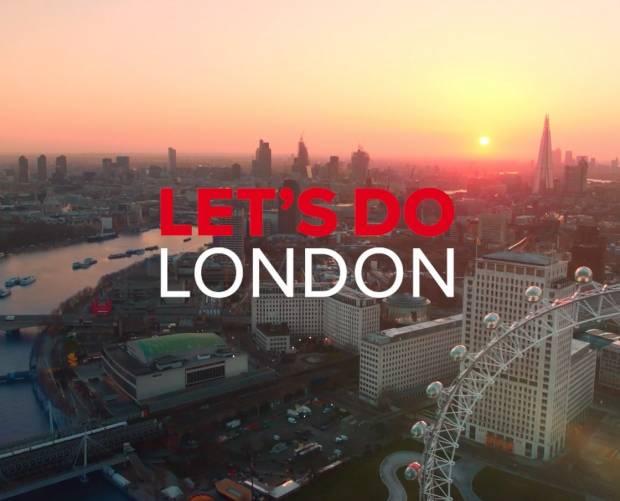Although digital proximity marketing is still in the early stages of development, it is spreading across Europe, with the UK leading the way, according to the analyst, Frost & Sullivan. Currently, there are more than 35 providers throughout Europe who have helped to showcase these new technologies in the marketing realm. Perhaps the most impressive utility of digital proximity marketing, says Frost, is the ability to inform consumers about their interests in a specific time and space.
The broad diffusion of short-range wireless technologies embedded in mobile phones has enabled interaction between mobile users and the surrounding environments, says Frost & Sullivan Industry Analyst, Saverio Romeo. Systems of sensors can detect mobile phones in the short distance and send them information and data that could be useful to the final users. Digital proximity marketing uses this idea to enable digital marketing and advertising campaigns in places where the actual users are. When a consumers position is close to the digital proximity marketing system, it is possible to provide content that the consumers want to receive and is related to brands and events close to the location of the consumers.
Digital proximity marketing transports information using the Internet from a content management system which manages all aspects of the marketing and advertising campaign, to a content server which stores everything. Then, through cellular networks, the information is delivered to access points, which are connected to the end users mobile phones through short-range wireless technologies, mainly Bluetooth, but also infrared, wi-fi, GPS, cell towers and RFID. The system is based on an opt-in model and so users receive information only if they want.
This technology creates a wide variety of opportunities for branding and advertising. Companies are finding marketing potential at exhibitions where people pursue a specific interest, says Frost. Being able to target the exhibition and generate information the consumer would be interested in directly to their mobile phone, is becoming a popular way to market directly to target audiences. At concerts and festivals, consumers can get information about artists and even download music. Museums and art galleries offer the opportunity to channel specific interactive forms of learning directly to those attending. Even bars and clubs offer a place to run a food and beverage campaign. Malls and airports can install access points at their entrance to interact with travellers and shoppers directly. Certainly, says Frost, places of public transportation such as taxis and undergrounds are ideal locations for people who are waiting in transit to receive interactive marketing campaigns.
Already, says Frost, there are several companies who are succeeding in running campaigns for major brands at international events. Hypertag, Waymedia, and Bloozone are three European digital proximity marketing companies who have been successful in this market. Hypertag, a UK company, has run campaigns worldwide for brands including Ford and O2. Waymedia is an Italian digital proximity marketing provider that has run campaigns for MTV Italia, while Bloozone, a German company, has run campaigns for Coca Cola, SAP, Chevrolet and Seat.
Despite digital marketing proximity being in an initial stage of development, Europe seems to be embracing it with confidence. Particularly, the ability to inform consumers about their interest in a specific time and space gives digital marketing proximity almost a unique place in the world of marketing campaigns.
For more information about the Digital Proximity Market in Europe send an email to: joanna.lewandowska@frost.com including your company name, query and contact information.







